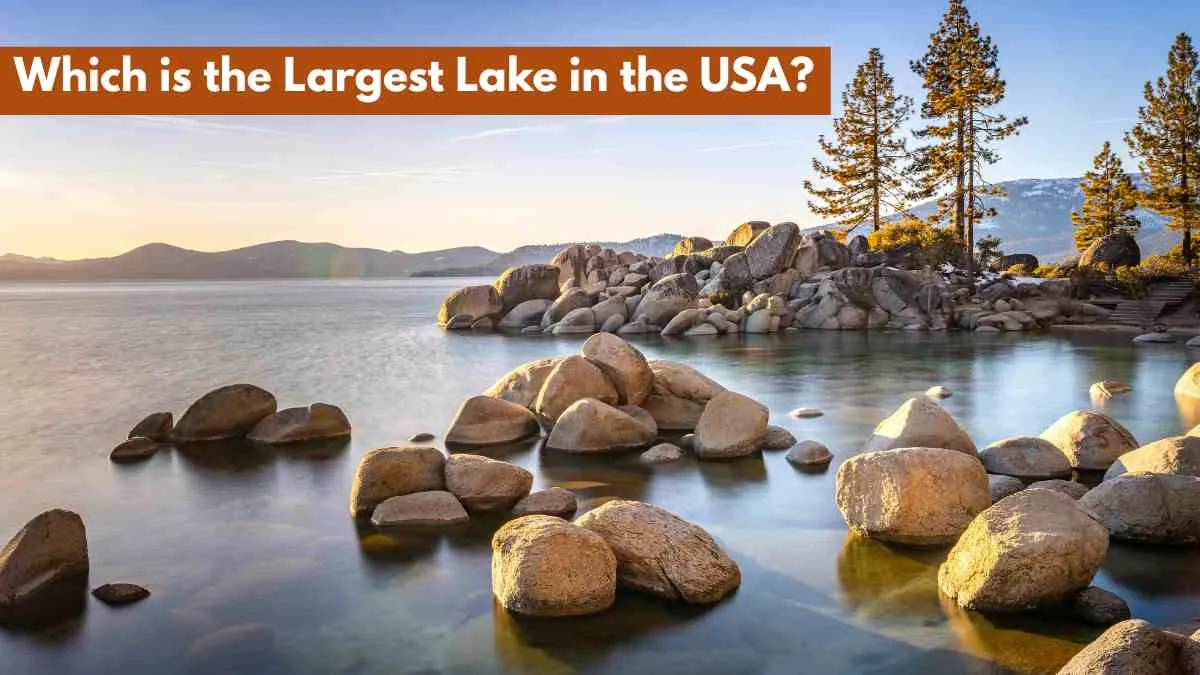The United States is home to many vast lakes, but Lake Superior claims the title of the largest in terms of surface area. Stretching across the northern border of the U.S., Lake Superior is not only the largest of the Great Lakes, but also one of the world’s largest freshwater lakes. Here’s everything you need to know about this natural marvel.
Check out: Which City Is Known as the 'City of Dreams' in the USA?
Where is Lake Superior located?
Lake Superior is situated in the northwestern part of the Great Lakes system. It is bordered by Ontario (Canada) to the north and east, and the U.S. states of Minnesota, Wisconsin, and Michigan to the west and south. The lake discharges into Lake Huron through the St. Marys River at its eastern end.
How big is Lake Superior?
-
Length: 350 miles (563 km)
-
Width: 160 miles (258 km)
-
Surface Area: 31,700 square miles (82,100 square km)
-
Maximum Depth: 1,332 feet (406 metres)
-
Average Elevation: 600 feet (180 metres) above sea level
With a water retention time of 191 years, Lake Superior holds 2,900 cubic miles (12,100 cubic km) of water, more than all the other Great Lakes combined.
Which rivers and islands are connected to Lake Superior?
Lake Superior is fed by about 200 rivers, with the Nipigon and St. Louis Rivers being the largest contributors. Several significant islands also lie within the lake, such as:
-
Isle Royale (U.S. National Park)
-
Apostle Islands (Wisconsin)
-
Michipicoten Island (Ontario)
-
St. Ignace Island (near Nipigon River)
What minerals and industries are found near Lake Superior?
Lake Superior has historically supported mining industries, especially for:
-
Iron ore (from Marquette Range, Michigan, and Mesabi Range, Minnesota)
-
Copper, nickel, and silver
-
A brief gold rush also occurred in the late 1800s along its southern shore.
-
Ports like Duluth-Superior, Marquette, and Thunder Bay are important hubs for the shipment of iron ore, grain, and other goods.
Check out: Mississippi River: Check its History and Ecology
What are some challenges faced by Lake Superior?
Despite being less polluted than other Great Lakes, Lake Superior still faces:
-
Chemical pollution (rising levels of chloride and sulfate in other lakes)
-
Water level changes due to climate variations and diversions
-
Shoreline erosion during high-water years
Why is Lake Superior considered a natural wonder?
Beyond its size and ecological importance, Lake Superior remains a symbol of natural beauty, geological history, and economic utility. It continues to serve as a vital resource for both the U.S. and Canada, making it not just the largest lake in the U.S., but also one of its most treasured.

Comments
All Comments (0)
Join the conversation